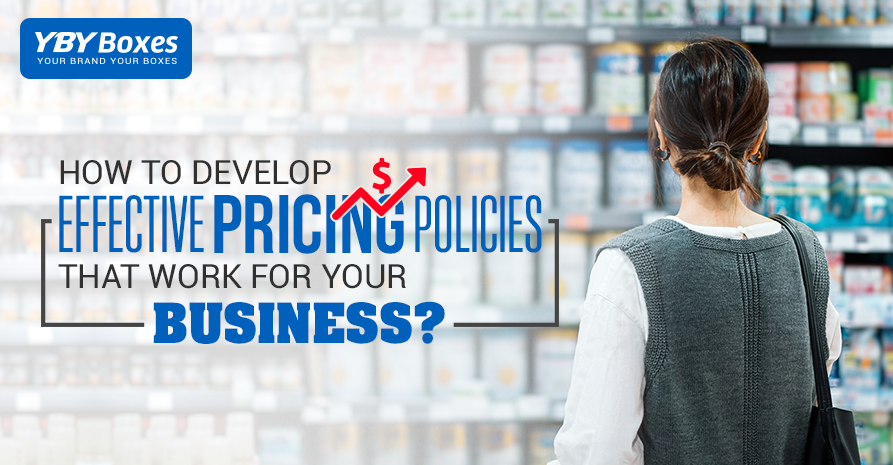-
Call Now:
888-800-8032

Setting the right price for your product is a managerial puzzle that requires a bundle of work to determine the willingness of customers to pay for your product. Additionally, pricing policies are going to directly impact your cash flow and profit margins so don’t take a shot in the dark when there are dozens of pricing models out there to help you to set the right prices.
Let’s explore the effective pricing policies that work well for your business and help you gain a competitive advantage in the market.
The skimming pricing policy is all about gradually changing your prices according to the number of competitors in the market. In the beginning, the prices are higher which leads to subsequent reduction when the competition in the market gets higher. The policy allows the earlier adopters to grab the initial product price opportunity and eventually undercut the prices for upcoming competitors.
It’s the best way to create a customer base as a startup. You offer your product at lower prices in the beginning than your competitors. Businesses increase the prices when they realize that their product flourishes and makes its strong place in the market. Market penetration policy requires higher capital in the backend which provides you enough flexibility to endure the initial losses due to lower prices.
Premium products are usually packed in rigid boxes that provide them with a luxury appearance. These products are sold to a lesser number of people who have high purchasing potential. To target your audience, you need to create a brand identity that resonates with a luxury lifestyle by adopting a premium pricing policy. It will convince the customers to buy your high quality products.
The economy pricing policy is the opposite of the premium pricing policy. The businesses that employ this pricing policy typically use affordable packaging such as custom Kraft boxes. You need to target the audience who are looking for lower prices as their main objective is to save money. Walmart and Costco are examples that follow the economy pricing policy.
In bundle pricing, you pair several products in one bundle and sell them at lower prices as compared to higher prices when purchasing them individually. It’s a great pricing strategy that helps you deal with selling your inventory within no time. Bundle pricing enables businesses to earn a profit on lower-value products that outweigh losses on high-value items.
In the value-based pricing model, the company sets the value for a product on the customer's perceived value for the product price. Brands employ particular marketing techniques such as conducting a survey and taking customer interviews to determine the customers’ perception of the product.
The dynamic pricing model helps you to align your product prices according to the demands of the product in the market. For instance, Uber surges its prices during the rainstorm hit in the morning rush hour when normally Uber prices are affordable. Companies also follow the same model to rearrange their product prices according to seasonal demands.
When you know the right pricing policies, it becomes easier to set the appropriate values for your products. The factors that typically affect the pricing consist of the inclinations of the target audience, business requirements, and seasonal demands. For instance, your target audience has a higher purchasing power indicating that using the premium pricing model is the right choice to sell your product. On the flip side, use economy pricing police when your audience is prone to save more.